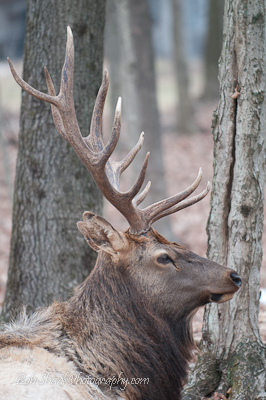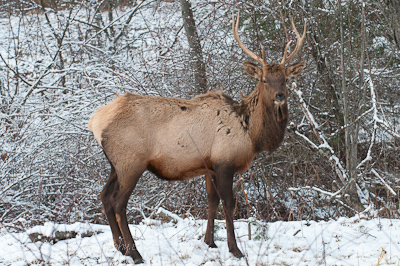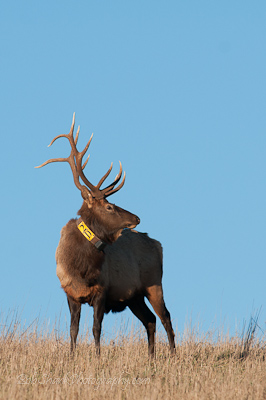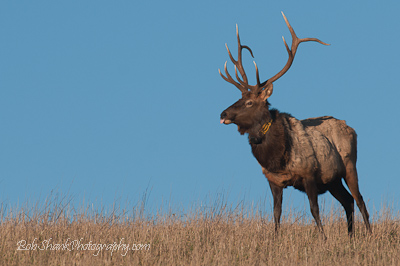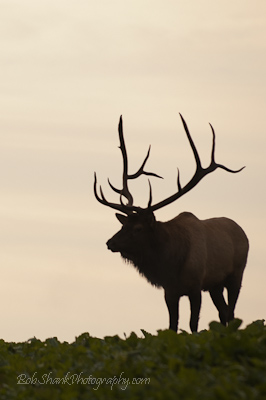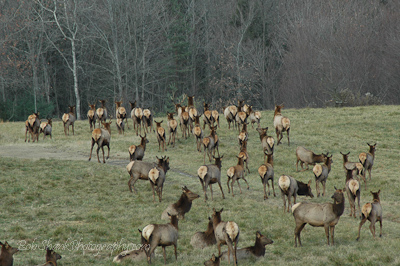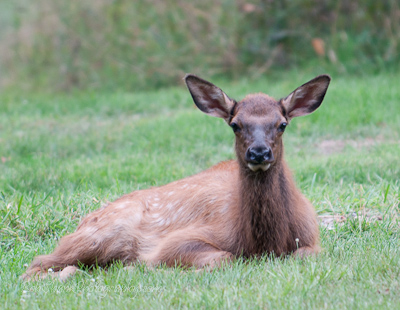How would you like to capture some amazing photographs of the majestic Pennsylvania elk?
Our Pennsylvania Elk Photography Experience is a great opportunity to learn more about wildlife photography and make great memories at the same time!
Click on the photo above for a sample of photographs you could capture on one of these trips.
These photo trips offer complete lodging and food for three days. You will experience three photography workshops and have plenty of chances to be out photographing these amazing creatures. It will be an experience of a lifetime!
Along the way you will meet some terrific people, experience the elk culture of Pennsylvania, and learn some valuable wildlife photography tips.
Our upcoming Winter Experience is scheduled for February 21-24. More information is available here.
Please consider joining us for an amazing photography experience. And if you refer a friend to attend with you, we will take 10% off the regular price for you.

